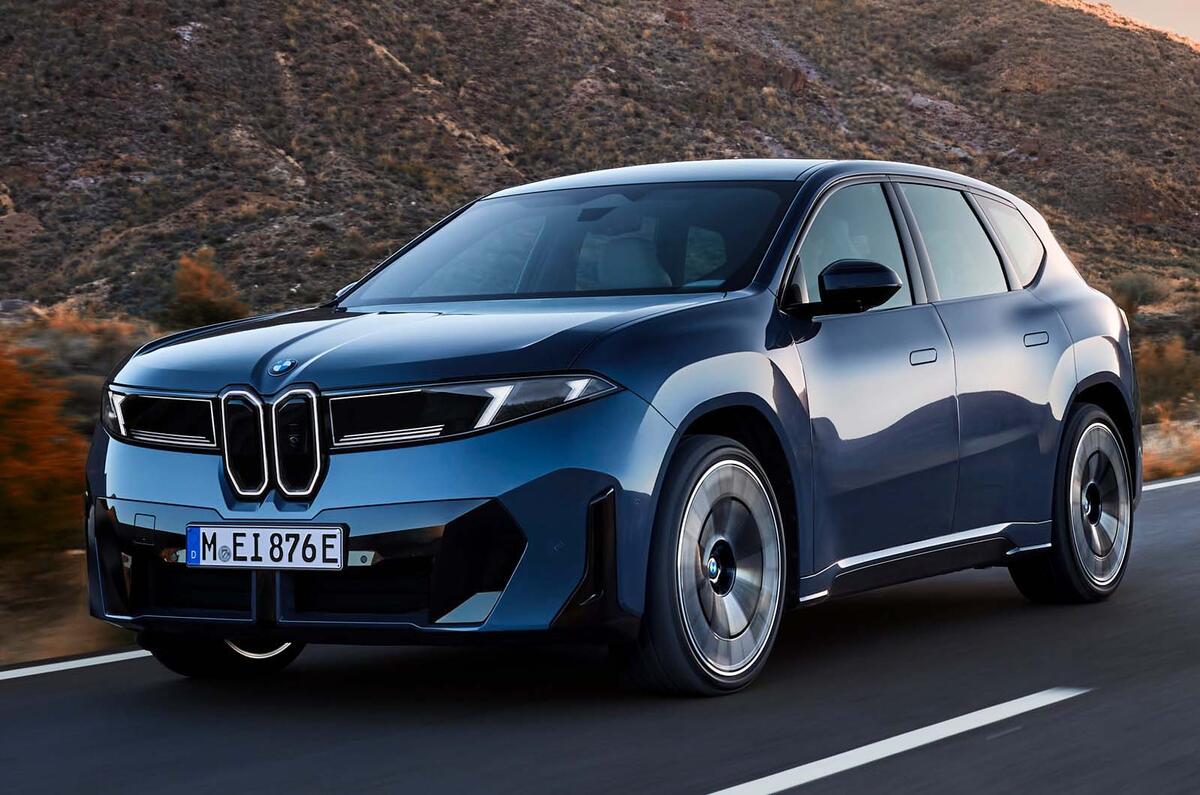The 500-mile BMW iX3 made its debut at the Munich motor show a few months ago, and is the first of a new generation that builds on everything the manufacturer has learned about EVs since the i3.
‘Project i’ was formed back in 2007 with the aim of completely rethinking the automobile. The i3 went on sale in 2013 after a few years of teasing and was every bit as advanced as we thought it would be.
With the ratio between weight and energy capacity far behind what it is today, BMW reasoned the only way to make an EV viable was to offset the weight of the battery by making the entire passenger compartment, or ‘Life Module’, from carbonfibre.
Ambitious, given such construction had so far remained viable only for supercars. But it worked: the i3’s kerb weight came in at a tad over 1300kg depending on the spec.
The iX3 may not literally be the successor to the i3 but maybe spiritually it is. With the forthcoming Neue Klasse dedicated EV platform on which BMW’s new EV family is based, EV architecture has become less dramatic, if no less sophisticated. There has been a continued shift towards sustainability of materials and the need for ‘circularity’ in the design of the smallest detail.
BMW is taking what it calls a “secondary first” approach too (and it’s not alone in doing that), which means prioritising recycled materials over primary (virgin) materials in the manufacture of everything from interior trim to cast aluminium suspension components.
So keeping the weight off still matters just as much, although perhaps sustainability of materials and processes does as well.
In the Gen6 battery cells alone, 50% of the cobalt, lithium and nickel used is recycled, reducing CO2-equivalent emissions by 42% compared with the Gen5 cells; 30% of the recycled raw material used for the engine compartment cover is made from recycled fishing nets and ropes.
The body shell of the i3 (initially known as Megacity Vehicle, or MCV until close to launch) was such a big deal not just because it was made from carbonfibre but because it looked like BMW and its partner SGL Carbon Fibre Group had cracked the problem of bringing such construction to higher volume manufacturing. By the time i3 production finished in 2022, 250,000 examples had been sold.
Since that time, the focus on well-to-wheel emissions in the industry has been intense and BMW claims the CO2-equivalent footprint of an iX3 50 xDrive falls below that of a comparable ICE-powered car after just 13,360 miles when charged from the European energy mix and in 10,875 miles if charged only using electricity derived from renewable energy.







Join the debate
Add your comment
Could they build an uglier car!? I mean look at it!!!!!
Take a look at the current range..!